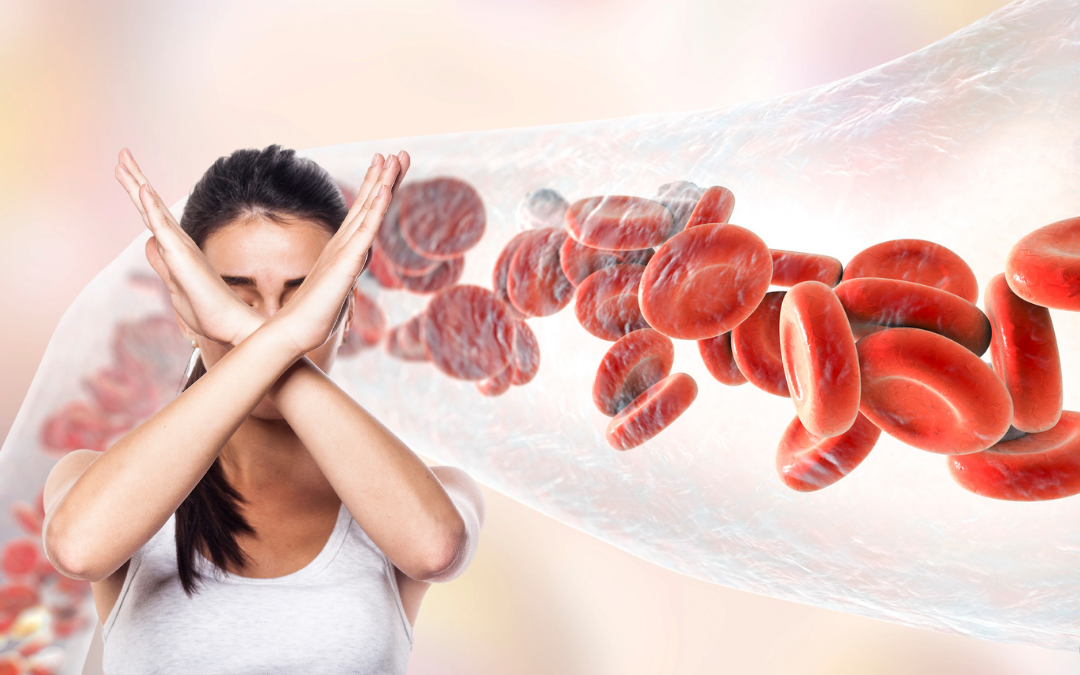Uterine fibroids is a complex condition, that could affect your everyday life. Most of the recurring symptoms of this pathology, such as heavy menstrual bleeding, pelvic pain, frequent urination, backache, and leg pain, can become extremely overwhelming, especially without treatment. Therefore, many patients end up undergoing invasive surgery even though these interventions are often associated with safety risks and long recovery times. However, in the last few years a new practice has become more popular, giving hope to women with uterine fibroids: Uterine Fibroids Embolization (UFE).
Uterine Fibroid Embolization: Main Characteristics
Uterine Fibroid Embolization, or UFE, is a newer procedure that is used to treat fibroids in a minimally invasive way.
The procedure uses fluoroscopy, which is like an x-ray movie, and a catheter which allow the interventional radiologist to guide embolic agents into the arteries that feed blood to the problematic fibroids. These agents block blood flow to the fibroids, resulting in fibroid infarction, or tissue death due to lack of blood supply. While they don’t usually disappear completely, studies show that fibroids decrease in size by 42% to 83% after the procedure.
According to some researchers, Uterine Fibroid Embolization is a reliable solution for most patients with uterine fibroids. In fact, some studies have stated that approximately 70-90% of patients that have undergone the UFE procedure have a significant reduction in fibroids symptoms.
Is Uterine Fibroid Embolization right for you?
Uterine Fibroid Embolization, at first glance, seems like a perfect solution. As mentioned before, it is a minimally invasive procedure, which requires less recovery time than traditional surgery such as myomectomy (surgical removal of fibroids). Unlike hysterectomy (surgical removal of the entire uterus), it leaves your uterus intact, and is associated with lower complication rates.
However, before deciding if UFE is the right treatment for you, you should consider your family planning goals and talk to you doctor to ensure you meet the proper criteria.
In particular, you might not be the right candidate for Uterine Fibroid Embolization if you have any of the following conditions:
- Pelvic infection
- Uncorrectable bleeding issues
- Endometrial cancer
- Fibroids which are considered to be too large
It is also unclear how Uterine Fibroid Embolization affects fertility. Therefore, UFE is not advisable for women who might want to preserve their chances of getting pregnant.
Uterine Fibroid Embolization is a great treatment option for many women who seek relief from uterine fibroid symptoms. In fact, thanks to its low complication rate and shorter recovery time versus more invasive options, patient satisfaction with the procedure is high (>90%). However, as with any procedure, it should not be performed without careful consideration of your personal medical history or future plans to start––or grow––a family.
Bibliography

Recent Comments